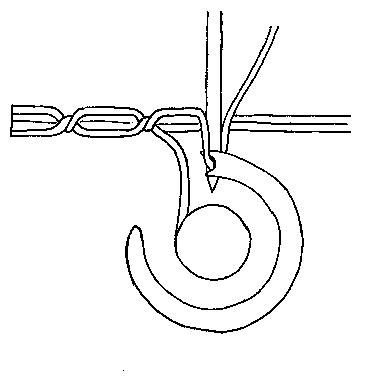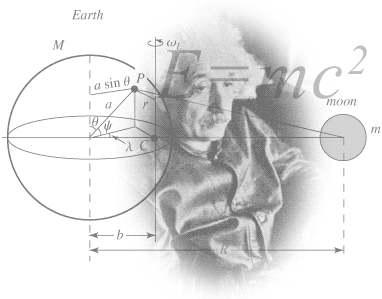Science Lesson: How to make Slime
/Time Required: 45 – 60 mins for process, pus you can allow time for research and findings.
Age groups: Prep to year 9.. Obviously you will need some more time and assistance with the younger and possibly older kids.
Learning Intentions: To understand what a Polymer is and how chemical reactions can change the state of certain ingredients.
Click here to download this entire lesson plan and resources as a PDF.
Intro: We are going to make slime, any ideas how we can do it? What ingredients do you think we’ll need?
Show video on YouTube http://www.youtube.com/watch?v=emlW5Jh-AHc&feature=relmfu
Go through step by step instructions of how to make the slime (Paper based instructions included below - Make sure Logistics are good)
ü Students then create the slime and put it in a bag to take home and show.
Answer the following questions once slime is made.
1. What happened to the slime when you added the borax powder?
2. How could we make the slime better, what variations could be offer?
Science Elements:
Now for the SCIENCE part.... This POLYMER is unique because it has qualities of both a solid and a liquid. It can take the shape of its containers like a liquid does, yet you can hold it in your hand and pick it up like a solid. As you might know, solid molecules are tight together, liquid molecules spread out and break apart (drops) POLYMER molecules CHAIN themselves together (they can stretch and bend like chains) and that makes them special. Jell-O, rubber bands, plastic soda bottles, sneaker soles, even gum are all forms of polymers. The polymer you made should be kept in a sealed plastic bag when you aren't playing with it. Also, be sure to keep it away from young kids or pets who might think it’s food. Have fun!
Recap: What is a polymer? Both a solid and a liquid. Molecules which are tiny little molecules chain together which makes an item hold its shape and then can be altered.
What are some other examples of polymers?
Extension Activity
Who can stretch their slime the longest contest?
Who find and display a practical use for it.
Click here to download this entire lesson plan and resources as a PDF.



























